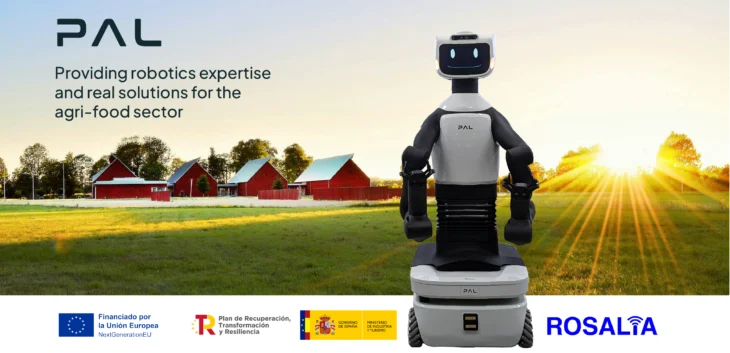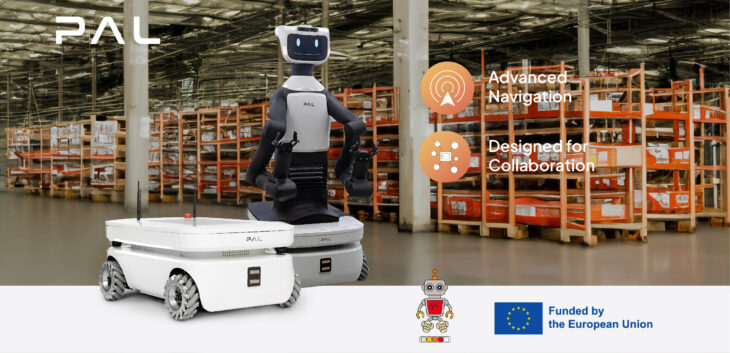In the era of 5G, robotics is experiencing transformative advancements that redefine how robots interact with their environments and perform critical tasks. In this blog we talk about the challenges faced, the solutions provided by 5G, and the future enhancements that will further elevate the field of robotics.
The Challenge: Why 5G is Needed in Robotics
Robotics has always aimed to improve efficiency and interaction in various industries. However, the existing network capabilities often limit seamless and safe interactions. The introduction of 5G addresses these challenges by providing faster, more reliable connectivity, which is crucial for advanced robotic applications.
How 5G is Used in Robotics
5G networks improve safe and smooth interactions using Application Programming Interfaces (APIs). These networks create an environment for advanced applications like future 6G and connect developers specializing in specific applications with mobile network providers. This connection supports the continuous development and lifecycle management of robotic applications. Additionally, 5G enables programmers to access network capabilities like Quality of Service (QoS), Localization, and Time-Sensitive Networking (TSN) configuration, fully leveraging the advancements in 5G and 6G.
Evolved 5G Project: A Prime Example
The EU funded Evolved 5G project is a notable example of how open installations are revolutionizing networks. This project showcases network applications developed within a 5G environment and incorporates DevOps (Development and Operations) and CI/CD (Continuous Integration/Continuous Delivery) approaches. It provides essential tools such as software development kits (SDKs) and testing plans for programmers.
As a company committed to staying up to date with the latest inventions and developments, we had the opportunity to take part in the Evolved 5G project, where we played a significant role in a robotic use case. This involvement elevated our robots to the next level and met our current needs effectively.
PAL Robotics’ use case involved a teleoperation task for our TIAGo robot, where it performed pick and place operations remotely due to environmental risks or the nature of the objects being manipulated. TIAGo was equipped with a force-torque sensor on the wrist to provide haptic feedback to the user through a Geomagic Touch haptic device. Stable connectivity during teleoperation was crucial for this use case to ensure seamless operation at all times.
Benefits of 5G in Manufacturing and Industry 4.0
In the realm of manufacturing, particularly in Industry 4.0 environments, the impact of 5G is evident in applications like robot-assisted production. Our collaboration with the Evolved 5G project not only enhanced our company’s robot capabilities but also enabled the delivery of advanced, customized solutions to clients.
Conclusion
PAL Robotics’ “The Teleop Network app,” developed for 5G, exemplifies how advanced connectivity manages service quality and optimizes teleoperation experiences. This advancement is crucial for overcoming challenges such as robot response latency and ensuring stable connections during critical operations.
In summary, 5G represents not only a connectivity evolution, but also an opportunity to innovate and enhance efficiency in industrial robotics and beyond.
If you would like to learn more about PAL Robotics and our work in integrating 5G into robotics, visit our website. To inquire about how this technology could fit into your organization or research, don’t hesitate to get in touch with us. Remember to check our social media channels regularly for the latest news and updates on our corporate projects.
- Ai
- Evolved-5G
- Research
- Robotics
- TIAGo


